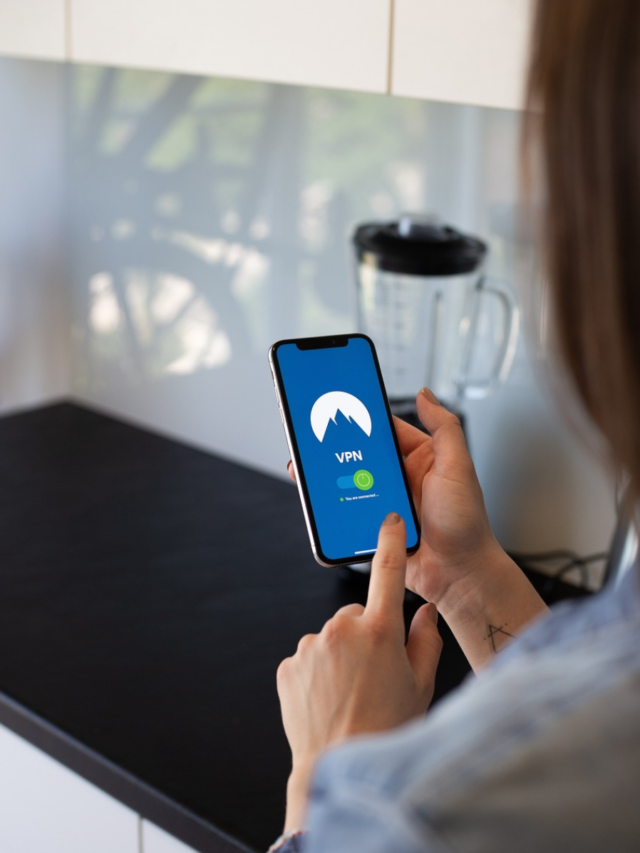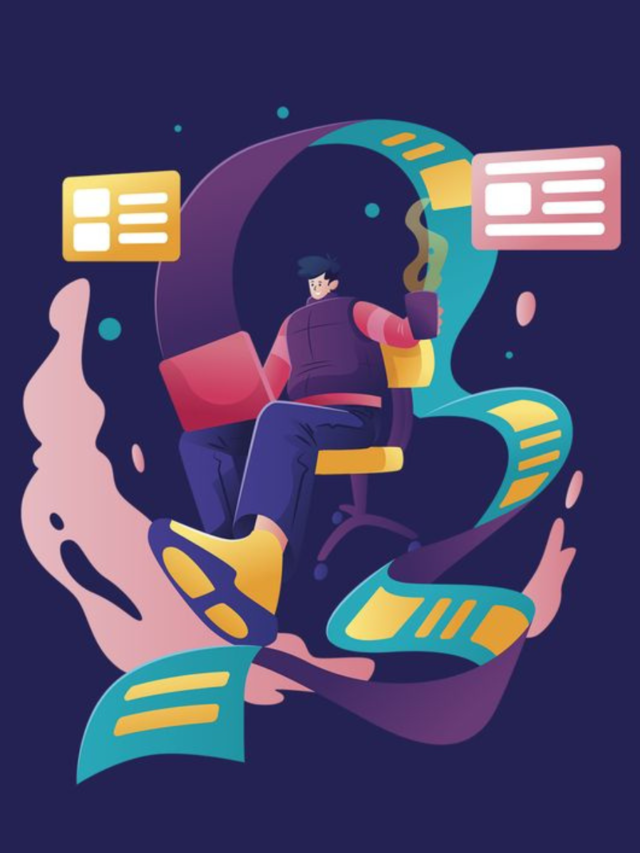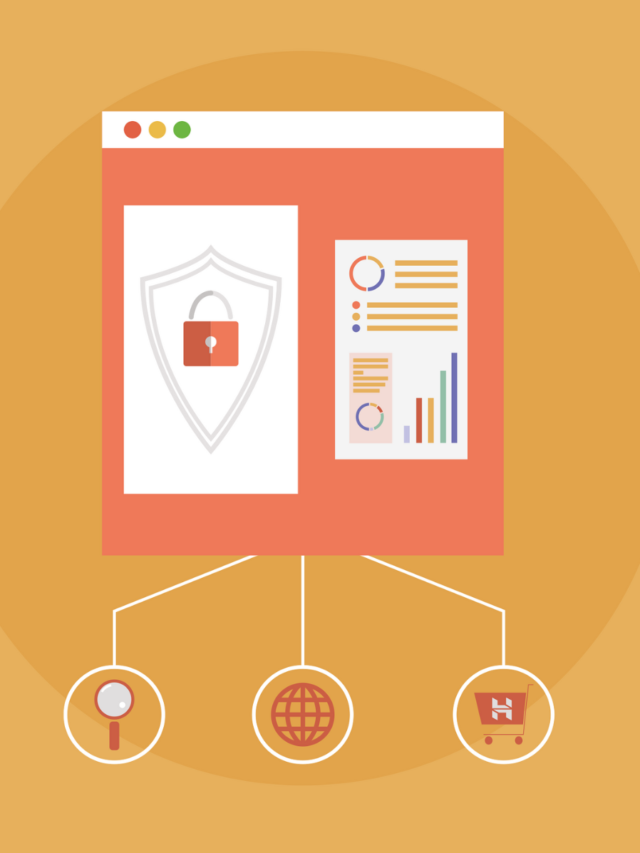Apple Leaps into the AI Icon Race : Apple joins the competition to design a meaningful AI icon, exploring new ways to represent artificial intelligence visually. Learn more about their innovative approach.
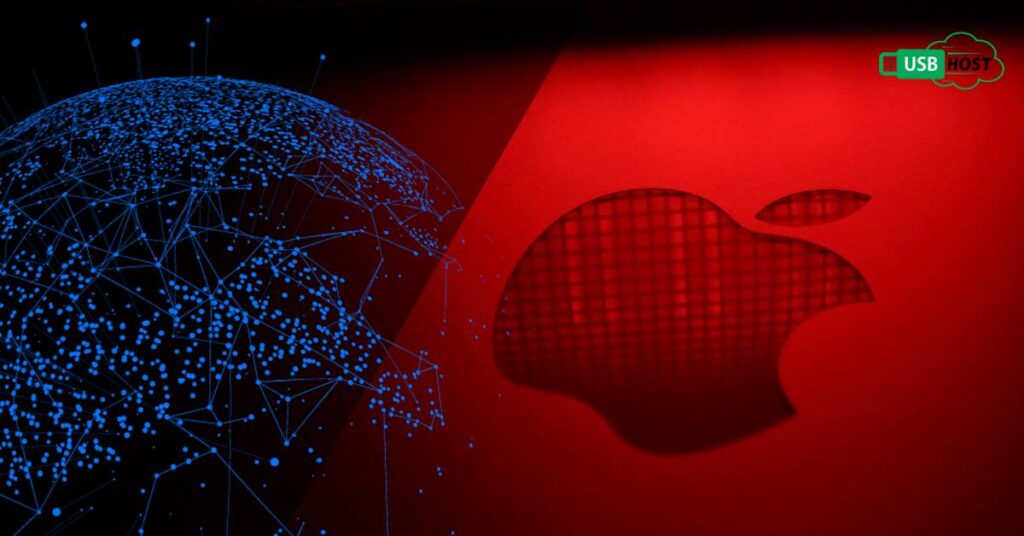
This week marked a thrilling moment in AI circles as Apple jumped into the fray alongside giants like Google, OpenAI, and Meta in the quest for an AI icon. Amidst speculation, Apple’s entry promises innovation yet echoes the caution of its peers. The race for the perfect symbol continues unabated.
Apple’s AI identity is encapsulated in a circular design with seven intertwined loops. Wait—is it an infinity symbol within a circle? Actually, it’s the New Siri, driven by Apple Intelligence. Picture your phone glowing at the edges—that’s the essence. Embracing innovation with a touch of mystery, Apple defines its tech evolution.
AI’s elusive nature defies visual representation; it’s everything yet nothing visually distinctive. Interfaces struggle to symbolize its presence, distinguishing it from mundane tasks. Users seek assurance they engage with sophisticated machine learning, not routine functions. Balancing clarity and abstraction, designers strive to define AI’s essence in digital interactions.
Efforts to brand the omnipotent AI converge on non-threatening, abstract simplicity, eschewing anthropomorphism. The quest is for a universal symbol—perhaps rejecting whimsical rhyming avatars. AI’s portrayal navigates towards minimalism, ensuring clarity without human traits, embracing the enigmatic essence of digital intelligence.
In the early days, AI icons ranged from whimsical robots to mystical symbols like wizard hats or magic wands, conveying novelty and wonder. However, robots implied impersonal, rigid automation, while magic suggested irrationality and mystery, unsuitable for AI’s role as a factual, dependable source. Today’s icons seek clarity and trust, emphasizing AI’s role in delivering reliable, informed answers.
Corporate logos blend strong vision, commercial demands, and committee compromise. These elements shape the logos we see, reflecting intricate balances of creativity and practicality in visual identity.
OpenAI’s black dot stands as the boldest vision—a featureless portal where queries vanish. It evokes a digital wishing well or the mythical Echo’s cave, inviting curiosity and interaction in a stark, minimalist form.
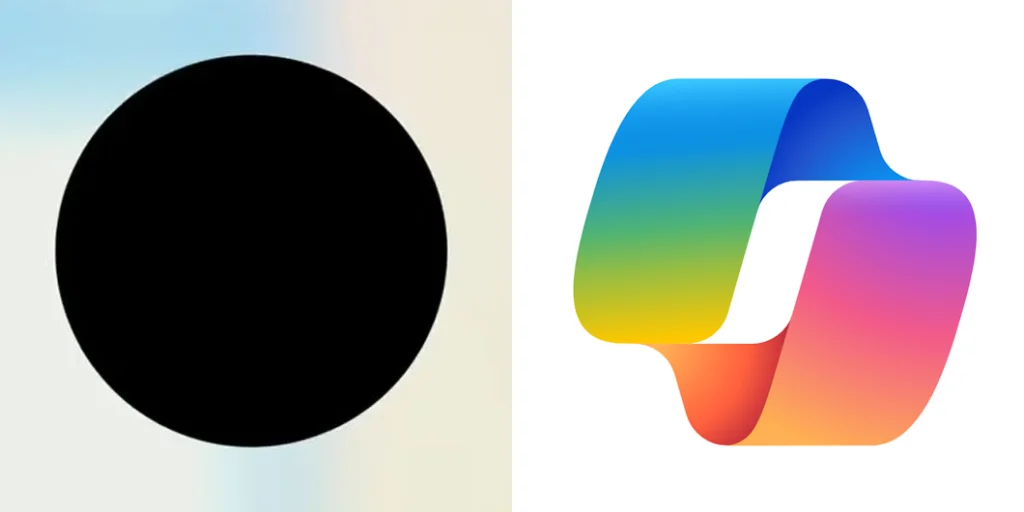
The most intense focus is, predictably, on Microsoft, whose Copilot logo remains enigmatic and beyond easy description.
Notice how four of the six logos (five of seven if Apple is counted twice, which is fair) employ pleasant, candy-like colors. These cheerful and approachable hues lean towards the feminine or even childlike in design language. Soft gradients of pink, purple, and turquoise dominate, favoring pastels over hard colors. Four logos feature soft, continuous shapes; only Perplexity and Google have sharp edges. However, Perplexity’s design suggests an endless book, while Google’s star is happy and symmetrical with welcoming concavities. Some logos also animate during use, creating a sense of life and responsiveness. This animation draws the eye, making them hard to ignore — particularly noticeable in Meta’s design.
The overall impression aims to convey friendliness, openness, and limitless potential, rather than emphasizing traits like expertise, efficiency, decisiveness, or creativity.
Think I’m overanalyzing? Consider how many pages the design documents for each logo must have—over or under 20 pages? I’d bet on the former. Companies obsess over these details.
The key point isn’t the work of corporate design teams, but rather the lack of a visual concept that clearly conveys “AI” to users. At best, these colorful shapes imply a negative concept: this interface is not email, not a search engine, nor a note app. No design yet unambiguously signals artificial intelligence.
Email logos often feature an envelope, representing electronic mail both conceptually and practically. More general “send” icons for messages resemble a pointed paper plane, indicating a document in motion. Settings icons typically use a gear or wrench, symbolizing tinkering with a machine. These visual concepts are universally understood, transcending languages and, to some extent, generations.
Not every icon can clearly indicate its function. How do you represent “download,” for example, when terminology varies across cultures? In France, it’s “télécharge,” which means “upload,” not “download.” Yet, we use a downward-pointing arrow, often touching a surface, to convey the concept. Similarly, “cloud computing” was adopted despite being a marketing term for “a large datacenter.” What alternative existed—a miniature datacenter icon?
AI is still novel to consumers, who are encouraged to use it instead of “other things,” a vague category that AI product marketers avoid defining. Admitting limitations would imply AI can’t do everything. The entire narrative hinges on the belief that AI can theoretically achieve anything, contingent only on sufficient engineering and computational power.
To paraphrase Steinbeck: Every AI sees itself as a temporarily delayed AGI.
Meanwhile, these companies must brand it and assign it an identity, yet it’s telling that none opted for a literal face. They remain subject to consumer preferences: GPT versions are overlooked in favor of ChatGPT; “Bard” doesn’t resonate, but “Gemini” does; users resist “Bing” but accept interacting with Copilot.
Apple employs a diverse strategy: Ask Siri to query Apple Intelligence (two logos), use Private Cloud Compute (distinct from iCloud), or forward requests to ChatGPT (no logo). Swirling colors hint at AI engagement.
Until AI is more defined, expect icons and logos to remain vague, abstract shapes—colorful, ever-shifting blobs that don’t seem threatening enough to take your job.
For more information on emerging technologies and their implications, visit usbhost.in, your premier destination for web hosting solutions tailored for the modern age.
“Start Hosting Today!” – Encourages visitors to take immediate action and sign up for hosting services.
Follow for more updates (click here)

